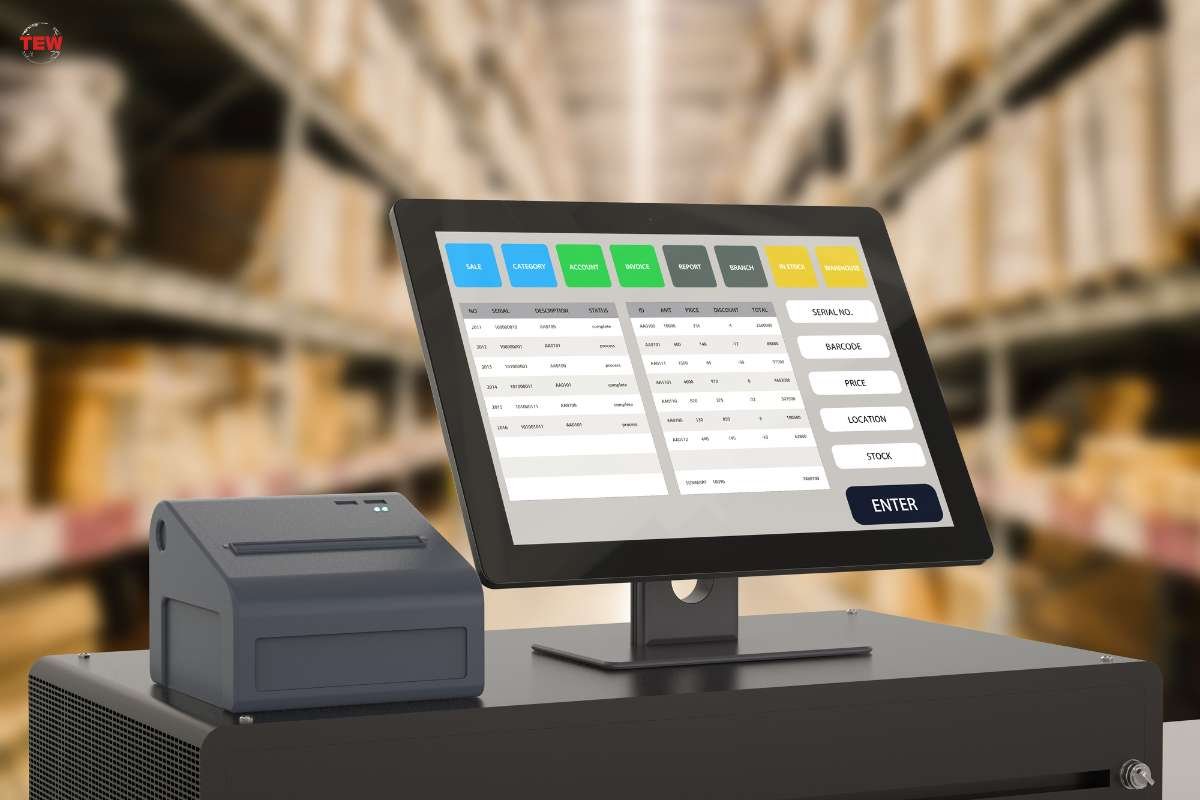You might be brainstorming ways to improve your automation strategies, or you may even be creating an entirely new strategy altogether. Business automation is a part of every business. Automation offers many benefits, including cost reduction, increased productivity, improved performance and more. So it’s worth looking into to see how you can make it work for your business, as it’s not quite as simple as employing a robot to do all the boring work for you.
What is business automation?
Business automation, also known as business processes automation (BPA) is a technology-based approach to automating processes and functions in an organisation. It can help a company transform manual processes into automated ones across an entire company.
The use of technology that automates repetitive tasks and frees up employees to do more valuable work includes robot process automation, AI-powered automation and business process automation. Sales orders, customer relations, vendor management, or employee onboarding, for example, are manual processes that can be automated.
Why is business automation important?

Business process automation removes bottlenecks which lead to revenue loss and time wastage. Efficiency and control improvements spread across the entire organisation, from improved productivity and compliance through to a better customer experience.
1. Increased operational efficiency
Software that automates business processes has a number of benefits. Automated processes are mostly hands-off. This means you don’t have to be there to ensure the task is being completed. Business process automation can also be used to identify and correct errors in workflows, so the efficiency of daily processes can be increased.
2. Error minimisation
Even the most well-trained and experienced employees can make mistakes. Multitasking, lack of attention and absent-mindedness can all affect the performance of employees, especially when they are performing routine tasks. We’re only human, after all.
Unlike humans, computers don’t forget. They don’t get tired or distracted. Automating processes can help companies reduce the risk of human error, and free up time to spend on more creative tasks.
3. Increased transparency
Dashboards can be customised to improve visibility. Key Performance Indicators (KPIs) can be tracked in a single glance for multiple processes. The detailed reports on process performance can provide insight into areas for improvement.
Transparency is also enhanced by automation. This allows teams to stay on top of their tasks and promotes accountability.
4. Improved scalability
Manual processes do not scale well and can hinder growth. For example, manually invoicing 100 clients requires more resources than invoicing only 10. Companies are not always able to cope. Automated processes, on the other hand, are scalable. Machines are able to perform multiple tasks simultaneously much faster than humans.
They can therefore easily cope with significant increases in work, demand and customer base, making it easier for you to expand your business.
5. More compliance with industry standards
Organisations can incur significant costs if they fail to comply with legal and industry regulations. Process automation software helps businesses to stay compliant. The log is updated every time an automated task runs. It records the names of the task performers, the details of the tasks and the timeline in which they were completed.
These logs are useful for business process audits and can demonstrate compliance in case there are ever any issues raised.
Business automaton pitfalls to avoid

If automation is not done correctly, it can negatively impact data usage, processes and employee morale. Avoid these common mistakes when you are planning to start your business automation.
1. Unpreparedness
It’s a mistake to not have a good understanding of the task you are about to automate. You may want to automate certain maintenance tasks or you might like to automate your marketing, but whichever you choose to start with, you must first know exactly how to personally complete the task or process before you automate it.
2. Automating large, independent tasks
The mistake is that businesses automate large, independent processes and tasks. Automating several tasks can create silos, which are difficult to integrate later.
Segment independent tasks into smaller parts, and automate them over a longer period of time. This might seem like a lot but it’s the best way to go. Automate the small repetitive tasks, such as email marketing, that are not strategically important to your business. Email marketing can be fully automated without losing control of your marketing strategy.
After you’ve solved one problem, move on to the next.
3. Mistaking automation as the only solution
Automation is the best option in terms of business and IT processes. However, leaders should not use automation to simply cover up gaps or a poorly-designed process. Automation is not intended to cover up system failures or delay replacement of systems. Instead, it extends the lifespan of legacy applications that are suboptimal by masking inefficiencies.
Tip: Evaluate benefits and disadvantages of automating over replacing systems, including functionality and integrating strategy.
4. Failure to upgrade cyber security

Enterprises must review their risk register through the automation lens in the age of increasing automation.
With the digitisation of data and the use of cloud computing to store enormous amounts of data, it is important that cyber-security measures are upgraded in businesses. Cloud computing and storage are essential for data processing and distribution. Cyber attacks against small businesses are on the rise, and this risk is a growing concern with the rise of automation, so make sure robust measures are in place.
5. Not measuring ROI
You’re making the same mistake as many other businesses if you use automation just because it’s what everyone else does – or says you should do.
It’s not a good idea to invest in automation because it’s the newest trend or because there is an ideal software that can do a certain task. Crunch the numbers and see if it’s actually a worthy investment for your business at this stage. If not, look for alternative methods for increasing optimisation.
6. Neglecting supervision
Automation can be deadly. This is the easiest but most fatal of all pitfalls. Most often, businesses lose control of automated processes that are not regularly supervised. Automation can turn out to be your biggest business failure if you don’t oversee its progress.
Automation is an excellent way to increase performance, reduce costs and improve effectiveness. Automation that is well planned and implemented can help your business move in the right direction.
What next for business automation?
Automation will undoubtedly accelerate the digitalisation of many industries. Enterprises should review their risk register regularly and thoroughly to identify any new cyber risks. They must identify gaps and develop strategies to both mitigate and transfer risk, as appropriate.
When choosing the best automation software for your company, consider market trends, new technologies, AI, and which areas of your company you can be flexible in. Follow these tips, and you’ll discover a more streamlined business operation that frees up time and allows for better growth.




